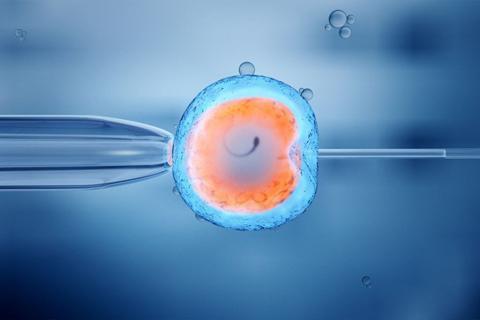IVF TREATMENT PROBLEMS

PROBLEMS ENCOUNTERED DURİNG IVF TREATMENT
Cancellation of treatment: The treatment can be canceled due to reasons such as the patients not responding to the treatment as expected, and insufficient number of follicles to develop.
Failure to find eggs: Although the follicles reach sufficient size, especially in women of advanced age and low ovarian reserve, no eggs may be found during egg collection.
No sperm can be found: 40% of the patients undergoing TESE cannot find sperm and the treatment has to be cancelled.
Lack of fertilization: Although eggs and sperm are normal, fertilization may not occur in some eggs. Fertilization rate is around 70%.
Stopping of development in embryos: Embryos are followed daily by laboratory staff according to their development and division characteristics. In these follow-ups, the quality of the embryos is monitored. In the follow-ups, sometimes the embryos may not develop until the 3rd or 5th day.
Difficulty in transfer: In some cases, the transfer may be very difficult due to the anatomical structure of the woman's genital organs. In such cases, the chance of pregnancy decreases.
Bleeding before pregnancy test: Although the chance of pregnancy decreases in those who have bleeding before the test day, it does not mean that there is no pregnancy.
OVARİAN HYPERSTİMULATİON SYNDROME (OHSS)
OHSS is the most important complication of IVF treatment. It usually occurs in young women with polycysticovarian syndrome and good ovarian reserve. The probability of its severe form is around 5%. Excessive response to drugs used to stimulate the ovaries paves the way for the syndrome. There is a fine line between stimulating an acceptable number of eggs during ovarian stimulation and overstimulation. Dose adjustment is not always possible. When there is overstimulation, reducing the dose of ovarian stimulating drugs and not giving the drug for a day or more when necessary, prevents the excessive increase of estrogen. The syndrome does not occur in cases where the hCG injection is not given before the egg retrieval. Pregnancy causes the syndrome to develop more severely.
Ovarian Hyperstimulation Syndrome (OHSS) Symptoms
Increase in ovarian size
Abdominal pain, bloating, shortness of breath, decreased urine output
Fluid collection in the abdominal cavity
Coagulation disorders
Fluid collection in the chest cavity
Prevention of the syndrome: Egg collection can be canceled and in this case, the disease does not develop. In cases where the cancellation of the egg total process is not desired:
HCG dose can be reduced
Special fluids may be given during egg collection. (HSA, HEPP)
After the eggs are collected and fertilized, they can all be frozen. The emergence of the syndrome can be prevented with a probability of 80-90% with some drugs to be given at this time.
If embryo transfer is to be done, the number should be reduced. It is preferable to transfer 1 or at most 2 embryos. The syndrome is more severe in multiple pregnancies.
Treatment:
In the mild form of the syndrome, hospitalization is not required. Salt and fluid restriction is recommended. Daily weight and abdominal circumference measurements are important. In case of more than 3 cm increase in abdominal circumference in one day, increase in body weight more than 2 kg in a day, decrease in urine amount, shortness of breath, the doctor should be informed.
If the syndrome is severe, hospitalization is required. In the meantime, giving serum and draining the fluid accumulated in the abdomen with a needle (paracentesis) turns the course of the disease in a positive direction. In some cases, the hospital stay can be up to 2-3 weeks. During this period, cases requiring 10-15 paracentesis have been reported.
The syndrome regresses in a short time in women who do not become pregnant. However, the process may be prolonged in pregnant women.

